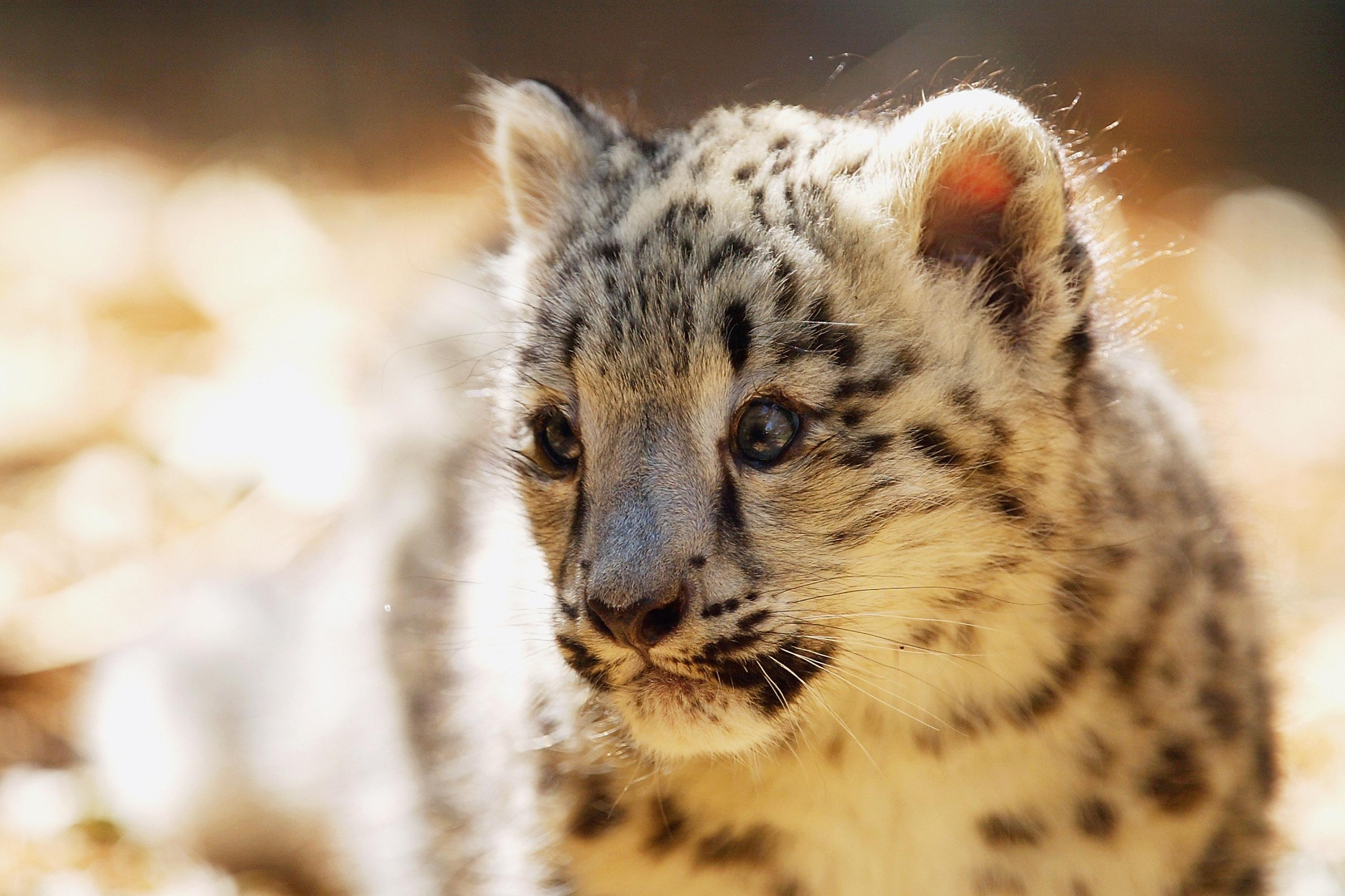Some good news for the environment: The world is on track to meet its goals for expanding protected areas by 2020. On Thursday the United Nations Environment Programme released a report on these targets, part of a larger set of initiatives aimed at protecting biodiversity. It’s not quite time to pull out the organ and sing the Hallelujah chorus, however.
In terms of sheer area, we’re doing great. Since 2010, countries around the world have designated new protected lands that add up to 6.1 million square kilometers—an area almost as big as Australia (7.7 million square kilometers). Protected areas are a proven, cost-effective way to address climate change, food insecurity, and other threats to human health and well-being, according to the report, Protected Planet 2014. They’re also essential for protecting biodiversity, which contributes a significant chunk to the global economy. The only problem with these newly protected areas is that they don’t necessarily include the places most important for biodiversity and ecosystem services.
Last month, alarming reports on biodiversity showed just how precarious the conservation effort is. The World Wildlife Fund reported that the planet’s population of vertebrates is about half what it was 40 years ago. Blame falls on the usual culprits: habitat loss, hunting and fishing, and climate change. Later in October, the U.N. reported that the world is on track to meet only five of its 55 biodiversity protection goals for 2020, and has worsened or made no progress on 15. Six of those target indicators involved expansion and management of protected areas. Now Protected Planet provides a closer look at these six targets and what it will take to get all of them on track.
By 2020, the U.N. aims to conserve at least 17 percent of terrestrial and inland water areas and 10 percent of coastal and marine areas. Areas of “particular importance for biodiversity and ecosystem services” should receive special attention, according to the report, and protected areas should also be ecologically representative of the planet’s ecosystem as a whole.
In terms of area, we are still on track, but the bigger problems emerge upon closer inspection of what areas are being protected, and how well they align with areas that most need protection.
Biodiversity protection is the first sticking point. In 2013, Protected Planet reports only 22 percent of Important Bird and Biodiversity Areas and 23 percent of Alliance for Zero Extinction sites were completely protected. To help policymakers better determine what areas to protect, a global standard is being finalized that incorporates both of those site classifications.
If there’s one thing we’re actually good at when it comes to environmental issues, it’s talking about them. Public awareness of biodiversity has improved in both developed and developing nations (albeit to varying degrees), the U.N. noted in October. But for all our talking, we might not be driving the right message home: Studies indicate that while people know biodiversity loss is a global issue, they don’t perceive it as a local concern. They also are not sure what direct actions are beneficial or harmful to biodiversity.
The majority of the U.N.’s broader biodiversity targets can still be met, the October report said, but it won’t be easy. Individuals, organizations, and governments will have to make some changes.
On a macro scale, societies need to use land, water, energy, and other resources more efficiently. The report also called for “major transformations of food systems,” noting that agriculture and related activities account for 70 percent of projected loss of terrestrial biodiversity. Efforts for conservation, Protected Planet suggests, should focus especially on preventing biodiversity decline and extinction.
Simple consumer choices can also impact biodiversity. Some of these are obvious, like recycling and not buying things made from endangered animal parts; turning lights off; closing the faucet on our sprinklers when it’s raining. Some are more subtle: When was the last time you checked to see where your new wood floor was coming from? WWF estimates that each year the world loses an area of natural forest the size of Greece. The Forest Stewardship Council seal on a product means it was legally logged, and therefore more eco-friendly to use. Just food for thought next time you redecorate. And there’s always local politics, where smaller environmental battles are fought. Those seemingly small decisions add up.
All of this boils down to one thing: We’re making progress, but if we want to continue living on a biologically diverse planet, we’re going to need to do more, and do it better—both as individuals and societies. Protecting the environment involves incremental steps—the turning over of several small leaves, if you will.
